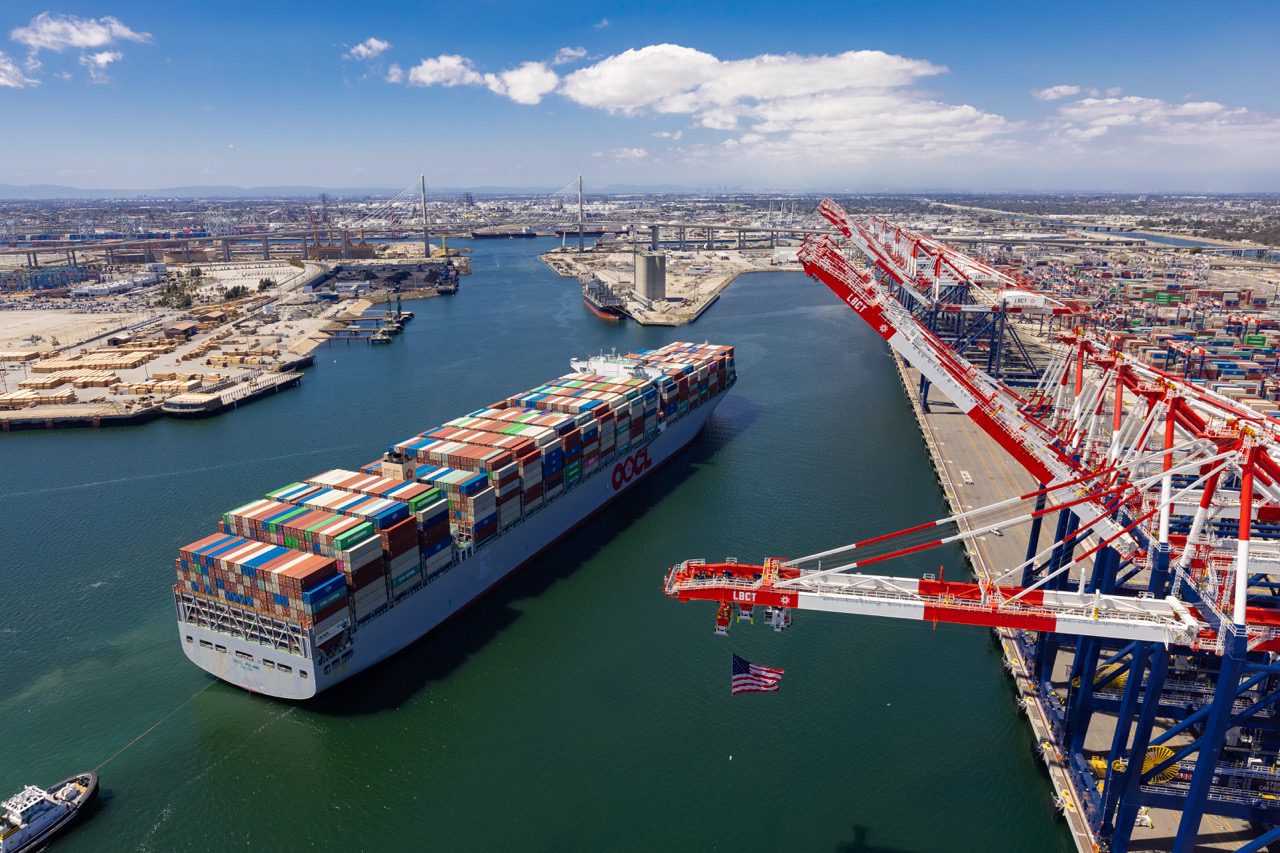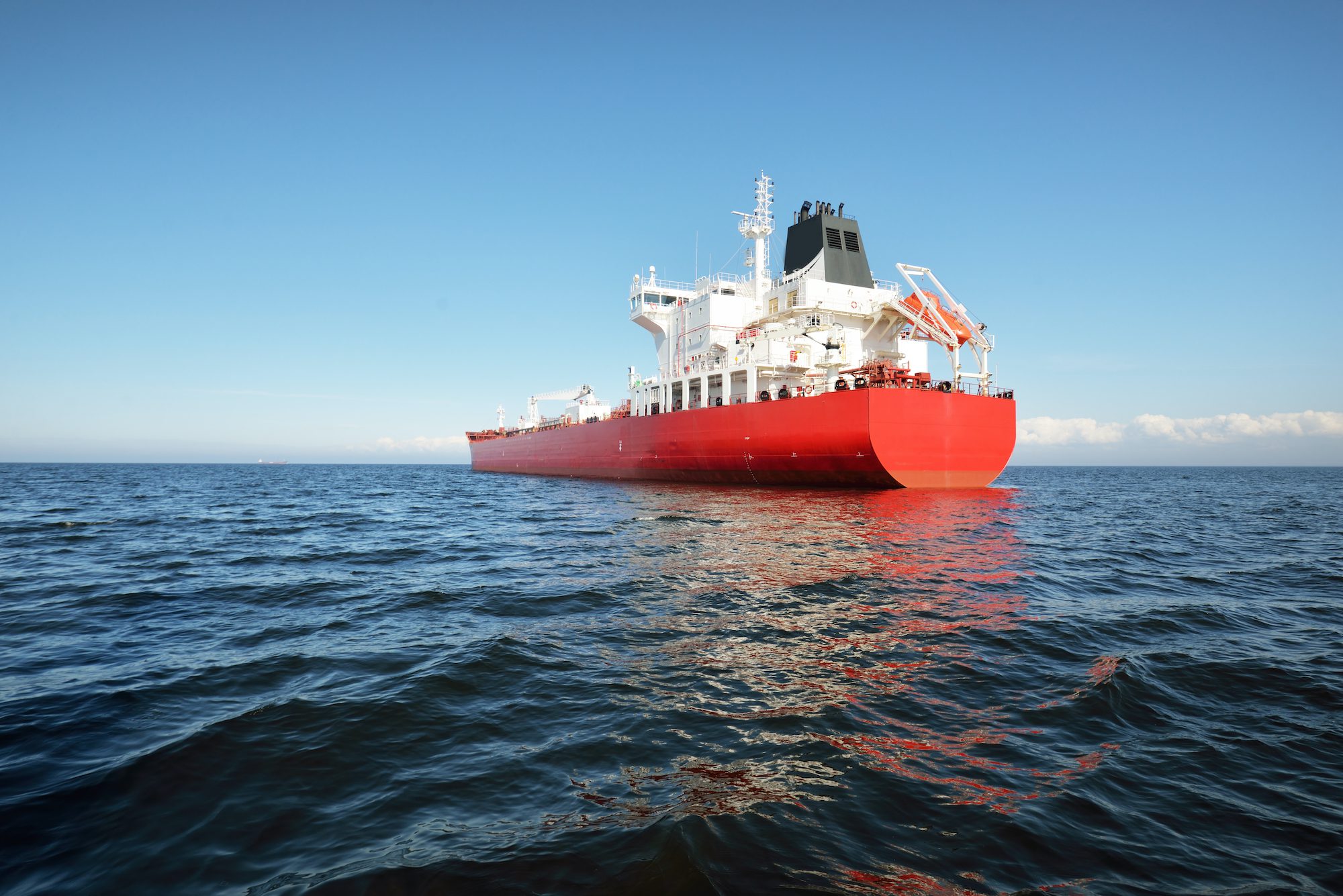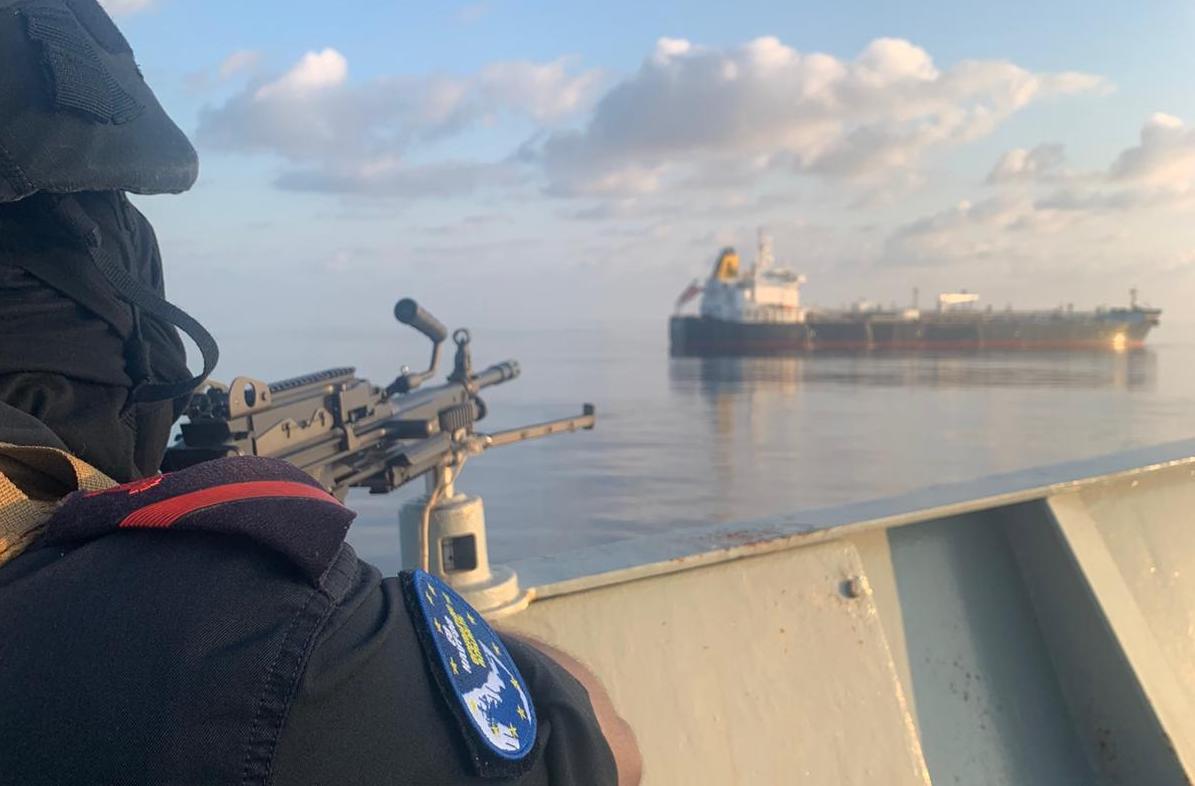Stena Poseidon, image: Stena
By Ann Koh and Heesu Lee,
July 23 (Bloomberg) — Melting Arctic ice is widening a path for ships to deliver European oil to Asia, stoking South Korea’s ambition to become a regional storage and trading hub.
The country, whose proximity to China, Russia and Japan makes it an ideal conduit for oil arriving via the Arctic, plans to add tanks for storing almost 60 million barrels of crude and refined products by 2020, about the same as Singapore’s current capacity. The nation also seeks to leverage its energy infrastructure, which includes five refineries, to become Northeast Asia’s oil hub, said Kim Jun Dong, the deputy minister of energy and resources policy.
Global temperatures are rising, breaking up polar ice and opening the Northern Sea Route to tanker traffic for a longer period each year than from July to October. It’s forecast to be ice-free for six months by 2020, boosting South Korea’s appeal as the destination for European cargoes that traders could potentially ship again to other Asian countries.
“We’ve noticed a huge difference in trading routes,” Erik Hanell, the chief executive officer of Stena Bulk AB in Gothenburg, Sweden, which controls a fleet of 110 tankers, said by phone on July 9. “China is importing more and all the countries in the Far East are importing a lot more. South Korea has a very strong geographic position in today’s development of both Arctic oil and China’s growing demand.”
Trade Zones
Resource-scarce South Korea, Asia’s fourth-largest economy, depends on exports for more than half of its gross domestic product. It’s seeking to lure energy traders, having designated 12 oil-storage facilities as free-trade zones. The nation’s global trade climbed to $1 trillion last year, customs data show, and President Park Geun Hye is seeking to boost annual growth by a percentage point to 4 percent.
“After the oil hub is established, we expect to make more than $25 billion annually” through storing and processing cargoes for third parties, Kim, the deputy minister, said in an e-mail response to questions.
The country’s free-trade agreement with the European Union waives a 3 percent tariff on imports, which is drawing crude from the North Sea.
Stena Bulk, whose lineup includes 15 so-called Ice Class vessels capable of sailing through the Arctic, partnered South Korea’s Hyundai Glovis Co. to transport 44,000 metric tons of naphtha from Ust Luga near Saint Petersburg to Yeosu last year, according to Hanell. That’s about 396,000 barrels. The voyage by the Stena Polaris was covered in 35 days, compared with a typical seven-week journey via the Suez Canal.
Arctic Route
South Korea was the destination last year for at least three ships traveling through the Northern Sea Route, while six made the voyage in 2012, according to IHS Maritime, a unit of IHS Inc., a consultant in Colorado. These tankers carried naphtha and ultra-light crude known as condensate.
“The Northern Sea Route would cut journeys considerably for energy shipments heading from Europe and Russia to Northeast Asian markets, even after factoring slow steaming due to ice,” Gary Li, a senior analyst at IHS Maritime in Beijing, said by e- mail on July 7.
The world experienced its warmest May in more than a century this year, data from the U.S. National Oceanic and Atmospheric Administration show. The earth’s combined land and sea temperature for May was 59.93 degrees Fahrenheit (15.5 Celsius), a record 1.33 degrees warmer than the 20th century average, it said June 23.
Ice Free
As global temperatures rise, the Northern Sea Route, which follows Russia’s Siberian coast, will be completely free of ice all-year round by 2030, according to the Korea Energy Economics Institute, a government researcher in Gyeonggi province.
It’s the shortest shipping lane connecting Europe to Asia. The waters off Siberia first became sufficiently ice-free in the summer of 2005 for voyages to be considered, with satellites suggesting in 2008 that the route might be passable. South Korea, which has about 2.9 million barrels a day of refining capacity compared with Singapore’s 1.4 million, is “most favorably located” to benefit, according to Kim.
Still, tanks alone may not be enough for Korea to stake a claim as Asia’s oil-trading center. The “key challenge” would be to sell its surplus products into other Asian markets, said Sushant Gupta, the head of Asia-Pacific downstream research at Wood Mackenzie Ltd., an Edinburgh-based consultant.
Regional Rivals
Even as Korea’s capacity swells, Malaysia and Singapore are adding facilities that will maintain Southeast Asia’s appeal, Gupta said by phone from Singapore on July 1.
Singapore currently offers almost 63 million barrels of storage capacity, according to government estimates, a component of its role as a pricing center for Asia’s crude and refined products. It’s also home to Royal Dutch Shell Plc’s biggest refinery globally, as well as chemical and oil plants operated by Exxon Mobil Corp.
Last month, Malaysian Prime Minister Najib Razak opened the first phase of a storage complex partly owned by Royal Vopak NV, the world’s largest independent tank operator, in Johor state. The clean-products project follows similar facilities led by Vitol Group and Dialog Group, a local investor.
South Korea is making 20 million barrels of state-owned storage available for commercial use and seeking to attract 2 trillion won ($1.94 billion) in private funds to build 36.6 million of capacity by 2020, government data show.
Korea Hub
Last month, the nation designated two oil terminals in Yeosu and Ulsan as free-trade zones, where duties for storing and blending imported products will be exempted. This is aimed at boosting trade and enticing foreign investment needed to establish the oil hub, the Customs Service said June 18.
Oilhub Korea Yeosu Co., a project of seven companies including Korea National Oil Corp., started an 8.2 million- barrel terminal in July last year, said Kim, the deputy minister. It has already signed contracts to fill 78 percent of the capacity, he said.
Korea Oil Terminal Co., a venture in which KNOC is proposing to partner with Vopak and S-Oil Corp., will build 9.9 million barrels of storage in Ulsan by 2016, Kim said July 18. A further 18.5 million barrels of capacity is planned at Ulsan by 2020.
“The oil hub project is going in the right direction,” Hong Sung Won, a maritime business professor and director at the Institute of Arctic Logistics at Youngsan University in Busan, said by phone July 9. “As South Korea is only in its beginning stage, securing storage capacity is the right thing to do.”
(c) 2014 Bloomberg.

 Join The Club
Join The Club










